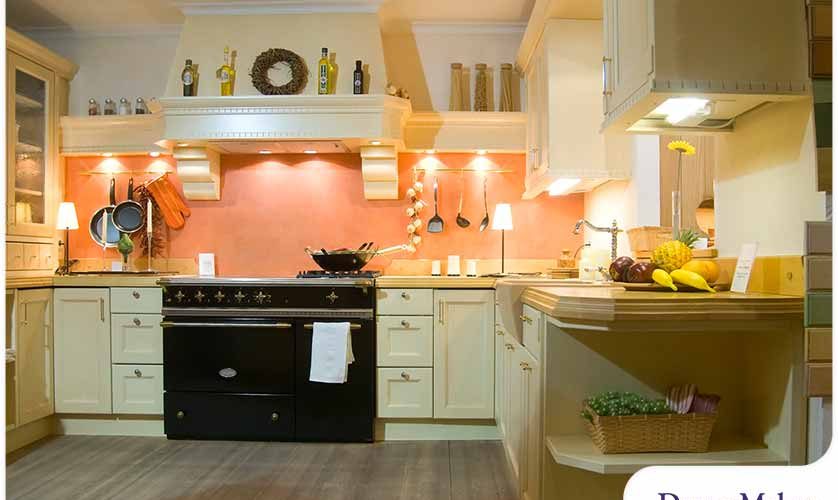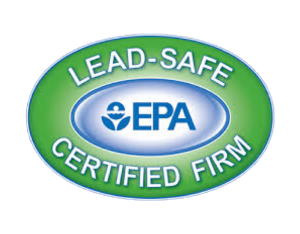
Most accessible remodeling projects are usually done in response to homeowners either deciding to age in place in their forever homes or accommodating loved ones with mobility issues. But did you know that modifying living spaces to make them more accessible can also benefit those with visual disabilities? If you live with a loved one with partial or complete blindness, consider these home design tips.
Bathroom Modifications
Your bathroom can become more accessible for a family member with low vision with ideas such as:
- Marking the edges of the tub, shower, sink, toilet, and other features with colorful stickers or decals.
- Boosting the wattage of the light bulbs to illuminate the bathroom.
- Incorporating towels, knobs, faucets, and wash basins in bright colors that contrast with the walls to make them easier to locate.
- Adjusting the mirrors so light does not reflect, minimizing glare effectively.
- Repainting glossy walls with an eggshell finish to minimize reflections.
- Installing brilliant nightlights.
- Installing grab bars in areas where necessary, such as the toilet, bathtub, and shower.
- Ensuring that the bathroom flooring is both non-slip and matte, again to minimize glare.
Kitchen Modifications
With the help of your trusted home remodeler, your kitchen can also be designed to be more accessible for loved ones with visual impairments.
- Choose a countertop material that will allow you to see the food items, cutting boards, cutlery, and other cookware you place on it.
- Replace a glossy, slick floor with rubber tiles, industrial low-pile carpet, or other similar non-slip floorings.
- To make it easier to locate items, paint the cabinet fronts with vivid, contrasting colors.
- Maintain a magnifying glass in a permanent location in the kitchen to assist with identifying canned items and adjusting the burner settings.
- Use a cutting board with a light and dark side for contrast regardless of what you’re chopping.
- Install under-cabinet task lighting for improved illumination while doing kitchen tasks.
- Apply a tactile sticker to the “medium” position of the dials and controls for the burners and oven.
- Invest in knives with sheaths to minimize accidental cuts when retrieving them.
- Ensure that there is sufficient contrast between the counters and work surfaces and appliances.
Other Areas of your Home
In addition to the kitchen and bathroom, universal design principles can be applied to other areas of your home that will help individuals with low vision to be safer and more independent while doing daily life activities:
- Rearrange the furniture. Rearranging the furniture in your home can facilitate movement and prevent injuries.
- Adjust the lighting. The rooms of the house where people gather to read, play, and socialize should have a lot of light. The light should always be directed at the point of focus, i.e. the location where work will be performed, and never at the eyes.
- Use contrasting colors. As you prepare your home, keep the color guidelines in mind. Due to their ability to reflect light, bright colors are frequently the easiest to see. Orange, red, and yellow are more noticeable than their more subdued counterparts.
Let’s Start a Conversation!
No need to look up “home remodeling contractor near me” on the internet — count on DreamMaker Bath & Kitchen of Northwest DC to help you with your accessible remodeling needs! Our experienced team is ready to help you design and create a safe home for you and your loved ones. Call us at (202) 933-7196, or fill out our contact form to start a conversation with our design experts. We serve homeowners in Glover Park, Cleveland Park, The Palisades, Donaldson Run, Bluemont, Lyon Village, Glen Echo, and the nearby areas.




